Lymphoma in dogs is characterized by the enlargement of one or more lymph nodes. Lymph nodes are small specialized structures that help the body filter out foreign materials to be destroyed by the immune system. They are found throughout the body. These types of cancer are usually treated with chemotherapy, which has a good rate of effectiveness. The prognosis varies depending on such factors as the age of the dog and the extent of cancer.
Important Information on Lymphoma in Dogs
Lymphoma is common cancer in dogs that involves multiple organs. It is a highly severe disease of dogs, causing harmful growth of the lymphoid cell. Lymphoma in dogs commonly arises from the lymphoid tissue of dogs like the spleen, lymph nodes, thymus, or bone marrow. The disease may also arise from other organs like skin, liver, bone, and spinal cords.
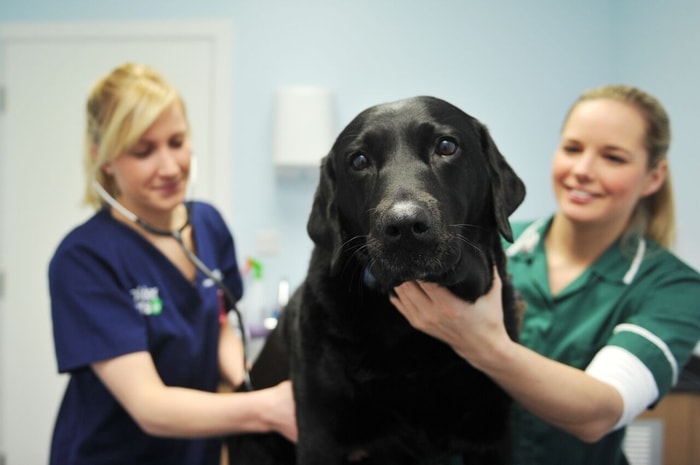
Causes of Lymphoma in Dogs
The disease is common in dogs, but the exact cause of Lymphoma is unknown. Total cancer diagnosed in dogs is about 15-20% is Lymphoma. The possible causes of Lymphoma in dogs are:
- Viral diseases.
- Dog’s environment contaminated with potential herbicides (phenoxy acetic acid).
- Genetic factors.
- Dog’s exposure to the magnetic field.
- Immune system dysfunction of dogs.
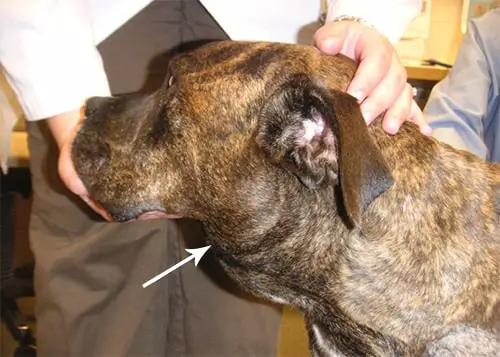
Dog Breeds Prone to Lymphoma
The cancer is common in middle-aged to older-aged dogs. The downloading breeds of dogs are more susceptible to Lymphoma than others:
- Bull Mastiff.
- Scottish Terrier.
- Boxer.
- Golden Retriever.
- Airedale Terrier.
- Bulldogs.
- Basset Hounds.

Types of Dog Lymphoma
Basing on the severity and prognosis of the disease, there are four different types of Lymphoma in dogs:
- Systemin or Multicentric Lymphoma. It is the most common Lymphoma in dogs and counts more than 80% out of all Lymphoma. The disease affects the lymph nodes that spread throughout the body. The clinical sign of this Lymphoma is a rapid enlargement of lymph nodes in dogs.
- Alimentary or Gastrointestinal Lymphoma. Alimentary Lymphoma is the second most common lymphatic cancer in dogs. The disease mainly affects the gastrointestinal tract of the dog. The incidence of cancer is counts around 10% and mainly gastric signs.
- Mediastinal Lymphoma. Mediastinal Lymphoma is rare and mainly found in the lymph nodes of the chest region. The condition is manifested by the enlargement of the chest and producing an excessive number of T lymphocytes.
- Extranodal Lymphoma. This type of Lymphoma is found outside the lymphatic organs. The common extranodal lymphoma sites are skin, liver, kidney, lung, eyes, and central nervous system.
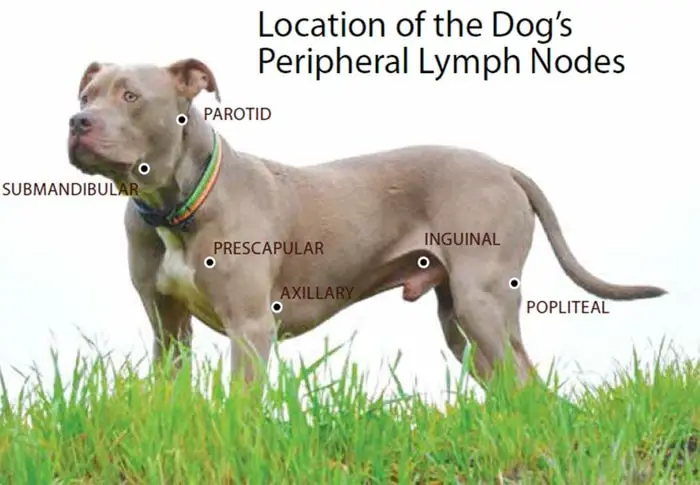
Clinical Signs of Lymphoma in Dogs
The clinical signs of Lymphoma vary depending on the location, size, and types of Lymphoma. The common signs are:
- Swelling of lymph nodes that may reach up to 10 times than average.
- The swelled lymph nodes are hot, painful, easily palpable, and moves freely beneath the skin.
- As the disease progresses, the generalized signs include fever, weakness, lethargy, anorexia, and dehydration.
- The dietary form clinical signs are diarrhea, vomiting, abdominal pain, and weight loss.
- In mediastinal Lymphoma, difficulty in breathing, pain in the chest, accumulation of fluid in the chest, swelling of legs and face.
- In cutaneous Lymphoma, scally skin, rough hair coat, affecting lips, gum, and root of the teeth.
- In the kidney, it may cause renal failure.
- If affects eye causes blindness.
- The nervous signs include seizures, and in bones causes pain or fractures.

Diagnosis of Canine Lymphoma
The methods of diagnosis of canine Lymphoma are as follows:
- History of exposure to any causal agent.
- Breeds and age of dogs.
- Specific clinical signs.
- Biopsy of affected lymph nodes. Aspiration of a small amount of affected lymph node contents and examination of cytology of lymph nodes.
- Blood test.
- Urine analysis.
- Radiographic examination.
- Ultrasonography of abdomen.
- Aspiration of bone marrow content and examination.
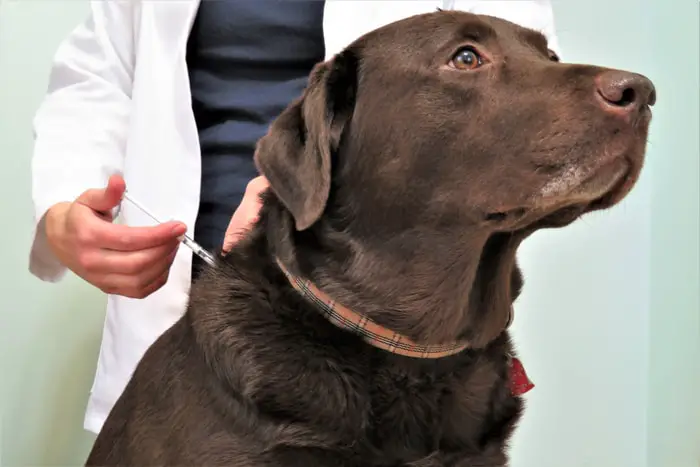
Treatment of Lymphoma in Dogs
The treatment strategy of canine Lymphoma are as follows:
- Chemotherapy is the primary treatment of multicentric Lymphoma. The amount and duration of chemotherapy depend on the location, size, and severity of the Lymphoma. There are some side effects of chemotherapy in dogs like mild diarrhea, vomiting, loss of appetite, and conditions.
- Alimentary Lymphoma is difficult to treat. If the tumor is localized in a small area, surgically removing tumors and chemotherapy will be helpful.
- In the skin and external Lymphoma, the tumor may be removed surgically and chemotherapy.
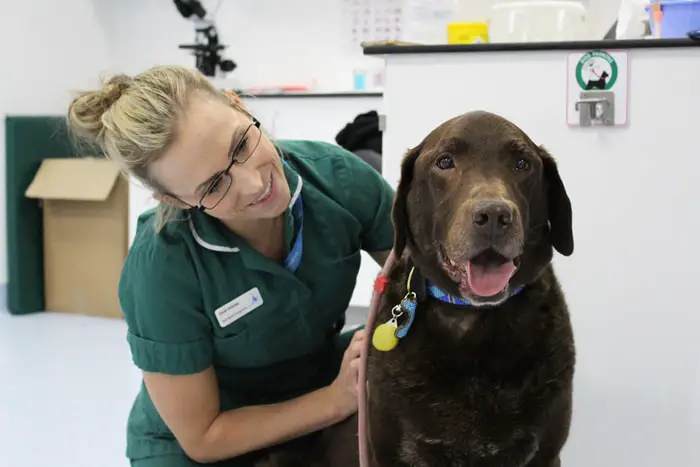
Prevention and Prognosis of Canine Lymphoma
The only preventive measure is that you must avoid exposing your dogs to the causal agents of Lymphoma. The prognosis varies with the severity and location of Lymphoma. The dog can not be fully cured even after a long time of treatment. You must have to live with the Lymphoma for a certain period. It would be best if you accepted the sufferings of your dog after being diagnosed with Lymphoma.
Final Advice on Lymphoma in Dogs
A diet has been developed that appears to help improve the quality and length of life for some dogs with Lymphoma that has not yet reached an advanced stage. The diet, which is available commercially from veterinarians, contains a moderate amount of fat and proteins and low levels of carbohydrates. Receipt for homemade versions of the diet can be obtained in consultation with a veterinary nutritionist or oncologist.